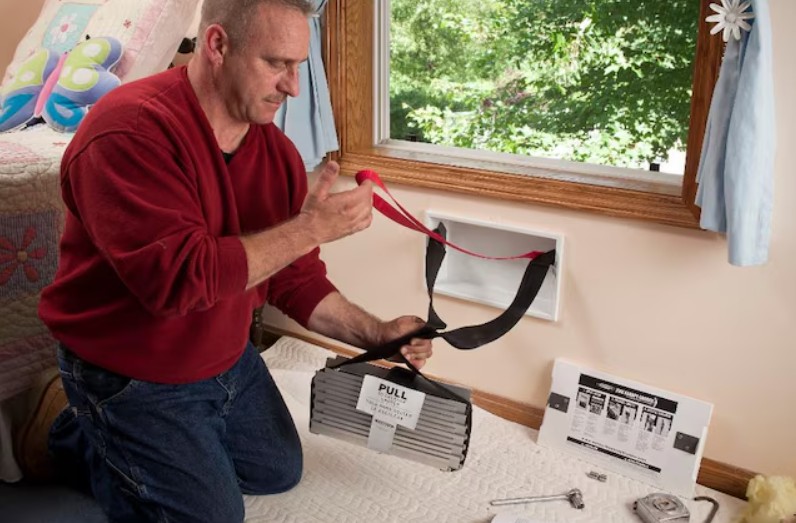
Interview by Alva Ree
Inclassbooks: Elina, your book has already sparked strong interest in the wellness and somatic health communities. But let’s go back to the beginning. How did your journey with sound healing start?
Elina Geiman: It began, like many things in life, not with a clear vision but with a deep question: why are we so disconnected from our own voice? I was working as a voice coach and breathwork facilitator, and I started noticing patterns—people would physically hold their breath when recalling emotional trauma, their voice would break or rise when they were anxious, and no matter how many vocal techniques I gave them, the tension stayed. That’s when I realized: the issue wasn’t just in the voice. It was in the nervous system, in the body’s memory. And that’s when my research truly began.
Inclassbooks: So for you, sound was never just about performance—it was about regulation?
Elina: Exactly. I’m not interested in singing as performance. I’m interested in the human voice as a therapeutic, self-regulatory mechanism. The body doesn’t lie. When the voice shifts, it means the nervous system is shifting. And that’s the gold. Once I began combining breathing, voice, somatic practices, and frequency studies, I saw immediate results. People weren’t just singing differently—they were feeling differently.
Inclassbooks: You talk in the book about the voice as a diagnostic tool. What do you mean by that?
Elina: The voice is a reflection of the body’s current state. Think of it like a biofeedback signal. If someone speaks in a tight, high tone, it often indicates sympathetic activation—fight or flight. A flat, dull voice may reflect freeze or burnout. By learning to “listen” to your voice and to sound consciously, you begin mapping your internal state. That awareness is powerful.
Inclassbooks: The scientific community has become more open to vibrational and acoustic therapies in recent years. How do you integrate science in your methodology?
Elina: That was one of my main goals in writing the book—bringing together practice and evidence. I didn’t want to rely on vague metaphors. I studied neurobiology, voice anatomy, resonance physiology, and psychoacoustics. The book includes references to the entrainment effect, vagus nerve stimulation, breath–heart coherence, and the effects of sound on brain wave states like alpha and theta. This is a field that is measurable. I’m currently developing a research protocol in collaboration with somatic psychotherapists and HRV (Heart Rate Variability) monitors to track the physiological effects of my sound programs.
Inclassbooks: Tell us about the structure of your book. It’s more than theory—it’s a toolkit.
Elina: The book is structured as a three-level system: Awareness, Resonance, and Integration. Each chapter includes an explanation of the mechanisms, real client cases, and detailed exercises. I created personalized sound formulas—short, accessible sequences that combine tone, breath, and intention. It’s not about singing beautifully—it’s about sounding authentically and functionally. You can be completely tone-deaf and still benefit.
Inclassbooks: You mention in your biography that you’ve worked across multiple disciplines—nutrition, speech therapy, coaching. How did that influence the content?
Elina: Profoundly. You can’t isolate the voice from the body, and you can’t isolate the body from its biochemistry or psychological narrative. For example, voice instability can be a sign of diaphragm fatigue or low magnesium. Or it can reflect emotional suppression from childhood. That’s why in my work and in the book, I approach the human system as integrated. Every tool—whether vocal, nutritional, or cognitive—is aimed at restoring coherence. When you’re coherent, you’re resilient. When you’re resilient, your voice becomes free.
Inclassbooks: What surprised you the most while working with clients?
Elina: That something as simple as a humming exercise could lead to tears, breakthroughs, and emotional clarity. We live in a world that over-intellectualizes healing. But healing often begins when we stop talking—and start vibrating.
Inclassbooks: That’s powerful. What kind of people have benefited from your sound practices?
Elina: A wide range. Executives with burnout, mothers with postpartum anxiety, singers who lost their voice, men with chronic tension, even children with speech delays. Sound bypasses the rational mind and reaches the nervous system directly. That makes it universally accessible.
Inclassbooks: Do you consider your book a contribution to the wellness industry—or something more?
Elina: I hope it’s more. I want this book to serve as a bridge between science and sensation. Between measurable therapy and intuitive practice. Between voice and body. I believe sound healing is not just a trend—it’s part of the future of medicine. One day, I’d love to see sound protocols used in hospitals, trauma centers, and schools. We all have a voice. We just forgot that it can heal.
Inclassbooks: What’s next for you?
Elina: I’m working on creating a digital platform with sound healing modules, programs for therapists, and guided exercises. I’m also continuing my research collaborations with neurologists and trauma specialists. But more than anything, I want to help people become friends with their own sound again. That’s where it all begins.
Inclassbooks: One last question—if you could leave our readers with one message?
Elina: Your voice is not a skill. It’s a mirror. And when you allow it to sound freely, you begin to hear your true self. Not the one trained by the world, but the one that’s always been there—vibrant, wise, and whole. Let it sound.






